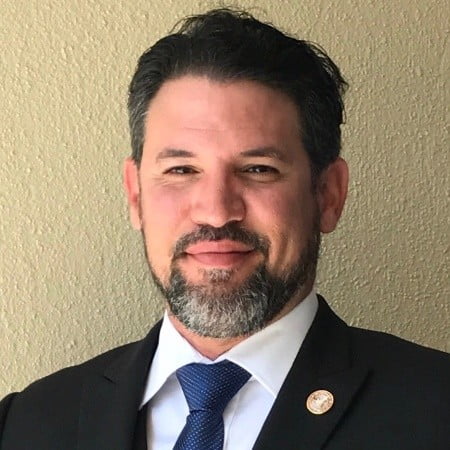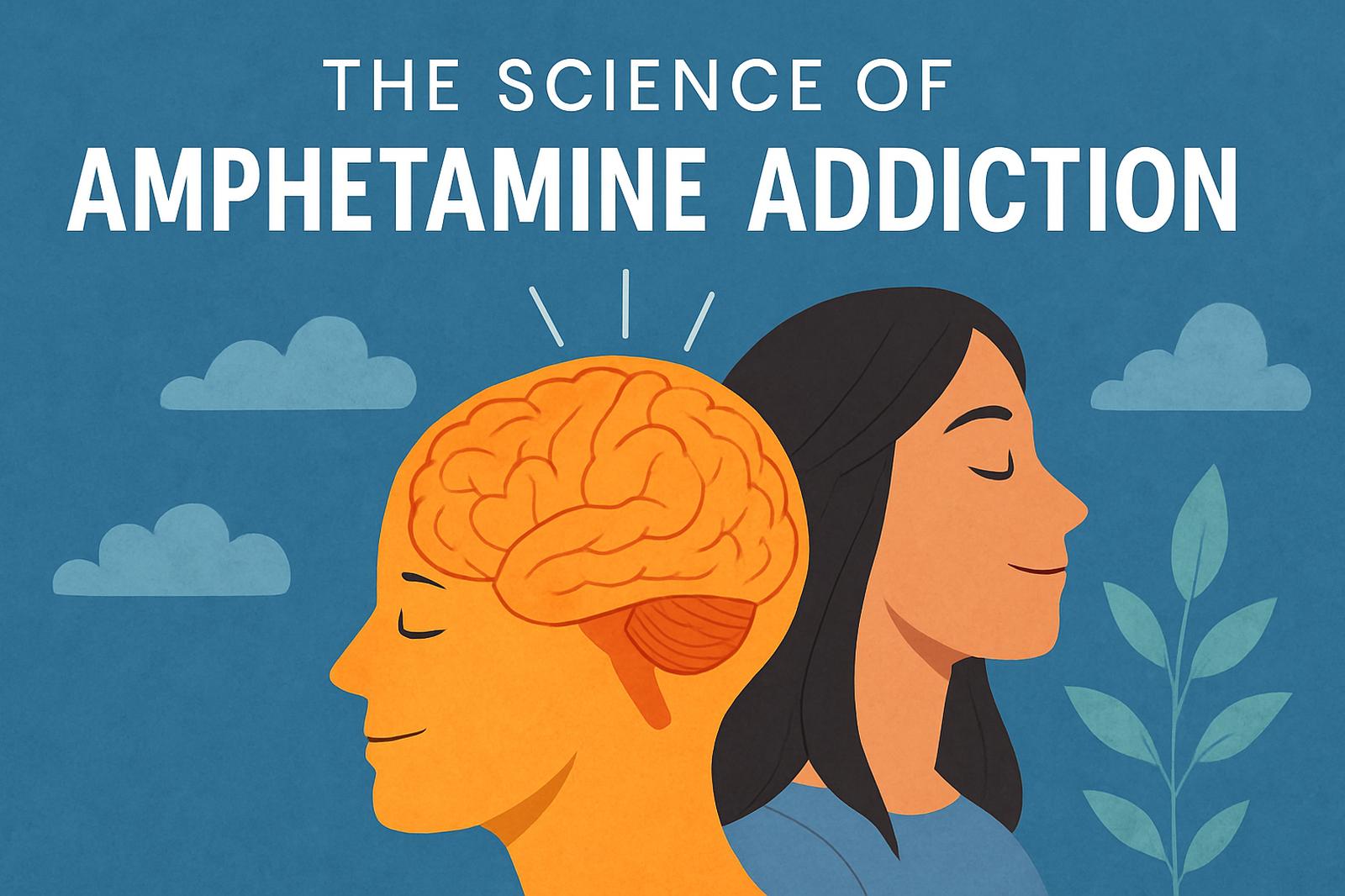

The science of amphetamine addiction reveals a troubling truth: these drugs don’t just boost energy or focus—they rewire the brain. Amphetamines, whether taken as prescription stimulants like Adderall and Dexedrine or illegal substances like methamphetamine, can hijack the brain’s reward system in ways that make quitting extremely difficult.
Street names like speed, uppers, crystal, crank, or pep pills may sound casual, but the dangers are anything but. According to the National Institute on Drug Abuse (NIDA), over 23,000 people died from stimulant-related overdoses in 2022, many linked to amphetamines. The brain becomes trapped in a cycle of craving, reward, and dependence that is incredibly hard to break.
As Carl Jung once said: “Every form of addiction is bad, no matter whether the narcotic be alcohol, morphine or idealism.” Addiction is not about weakness—it is about how deeply substances like amphetamines affect the addicted brain. Understanding this science helps us see why recovery requires more than willpower.
Navigating This Guide
This hub page serves as the entry point for deeper exploration. Use the links below to dive into specific areas of Amphetamine addiction:
How Amphetamines Affect the Brain
Amphetamines stimulate the release of dopamine and norepinephrine—chemicals that regulate mood, attention, and motivation. This flood of dopamine creates intense euphoria and a false sense of control.
Over time, the brain adapts. Dopamine receptors become less sensitive, and natural pleasure from everyday activities—like food, relationships, or achievements—no longer feels satisfying. Instead, the addicted brain demands more of the drug to feel normal.
This rewiring explains why people addicted to amphetamines often report:
- Intense cravings
- Lack of motivation without the drug
- Difficulty experiencing joy in daily life
- Escalating use despite severe consequences
The Addicted Brain
When we talk about the addicted brain, we’re describing structural and functional changes caused by repeated amphetamine use. Brain scans show differences in the frontal cortex, which controls decision-making and impulse control.
This means:
- Logic and judgment are impaired.
- Risky behavior increases.
- Obsession with the drug takes priority over relationships, work, or health.
Studies published in The Journal of Neuroscience reveal that long-term amphetamine users show reduced activity in brain regions related to memory and self-control. That’s why quitting feels almost impossible without support—the brain is literally working against recovery.
Why Addiction Is Hard to Quit
The science of amphetamine addiction helps us understand why people can’t “just stop.” Withdrawal symptoms like crushing fatigue, depression, anxiety, and intense cravings create a powerful pull back to the drug.
Statistics from SAMHSA’s 2023 National Survey on Drug Use and Health show that nearly 4.5 million Americans misused prescription stimulants in the past year. Of those, only a small percentage received professional treatment. Without support, relapse rates remain high, not because people don’t care, but because their brains have been altered to prioritize the drug above all else.
Recovery and Treatment Options
Even though the addicted brain makes quitting difficult, recovery is possible. Science also shows us that with the right treatment, the brain can heal.
Treatment options include:
- Medical detox: Helps manage withdrawal symptoms in a safe environment.
- Inpatient rehab: Provides structured therapy and round-the-clock support.
- Outpatient programs: Allow individuals to continue work or school while receiving treatment.
- Cognitive Behavioral Therapy (CBT): Helps retrain thought patterns and manage triggers.
- Support groups: Programs like SMART Recovery and Narcotics Anonymous give community and accountability.
- Holistic healing: Exercise, nutrition, meditation, and sleep improve brain health during recovery.
At Detox to Rehab, we know that real stories can inspire change.
Our True Stories of Addiction series features people who battled stimulant addiction, rewired their brains for recovery, and rebuilt their lives.
Moving Forward with Hope
The science of amphetamine addiction may be shocking, but it also brings hope. Just as the brain adapts to addiction, it can adapt to recovery. Neuroplasticity—the brain’s ability to heal and form new connections—means that with time, therapy, and support, people can regain control of their lives.
Addiction is not the end of the story. It is a chapter that can be closed with treatment, support, and determination. As one person in recovery said: “My brain was lying to me, telling me I couldn’t live without amphetamines. Recovery proved that I could.”
Understanding the science behind addiction helps remove stigma and shows us why compassion and treatment—not judgment—are the keys to healing.








